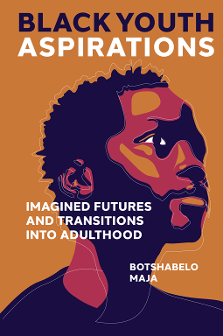
Index
ISBN: 978-1-80262-026-9, eISBN: 978-1-80262-025-2
Publication date: 10 November 2021
Citation
Maja, B. (2021), "Index", Black Youth Aspirations, Emerald Publishing Limited, Leeds, pp. 201-205. https://doi.org/10.1108/978-1-80262-025-220211007
Publisher
:Emerald Publishing Limited
Copyright © 2022 Botshabelo Maja. Published under exclusive licence by Emerald Publishing Limited